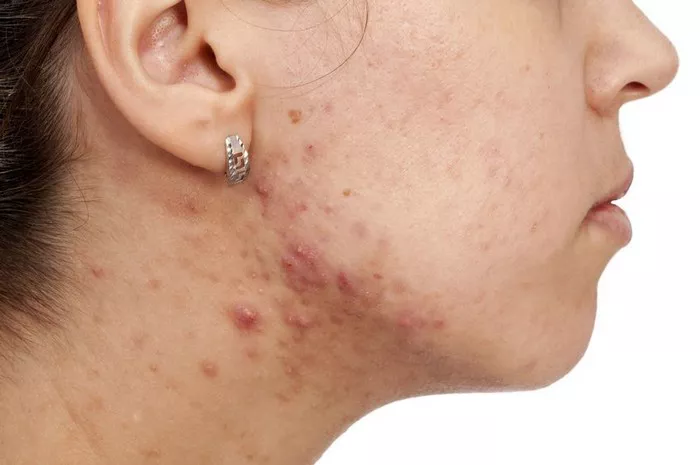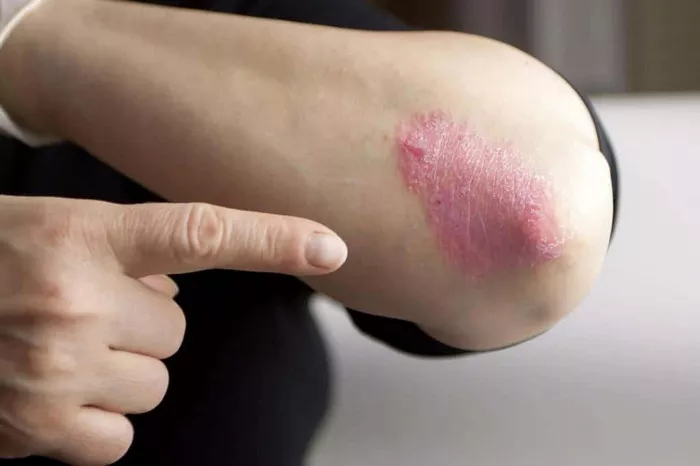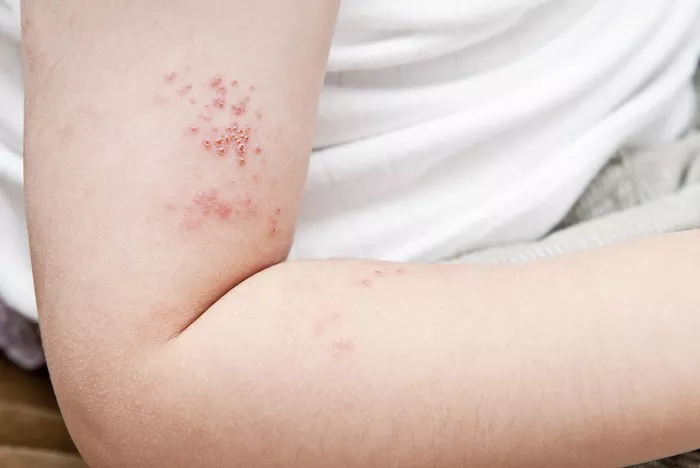Hidradenitis Suppurativa (HS), a chronic inflammatory skin condition, poses challenges that extend beyond physical discomfort. While its exact cause remains elusive, various factors such as genetics, hormonal imbalances, and immune dysfunction contribute to its development and exacerbation. Managing HS demands a multifaceted approach, encompassing medical treatments, lifestyle adjustments, and dietary modifications.
Among these strategies, dietary choices play a significant role in either alleviating or aggravating HS symptoms. While there’s no one-size-fits-all dietary regimen for HS, certain foods have been identified as potential triggers, exacerbating inflammation and discomfort for those with the condition. Understanding these dietary triggers empowers individuals with HS to make informed choices and take proactive steps in managing their symptoms effectively.
The Impact of Diet on Hidradenitis Suppurativa
The relationship between diet and HS remains an area of ongoing research. However, emerging evidence suggests that certain foods can influence the severity and frequency of flare-ups experienced by individuals with HS. Although the precise mechanisms underlying this association are not fully understood, dietary factors are believed to modulate inflammation, hormonal balance, and the gut microbiome—key players in the pathogenesis of HS.
Foods to Avoid with Hidradenitis Suppurativa
1. Dairy Products: Dairy products, including milk, cheese, and yogurt, are commonly implicated in exacerbating inflammatory skin conditions like HS. High in saturated fats and hormones, dairy products may trigger inflammatory responses in susceptible individuals, leading to flare-ups and increased disease activity.
2. Processed Foods: Processed foods, characterized by their high levels of refined sugars, unhealthy fats, and chemical additives, are detrimental to overall health and can exacerbate inflammation in individuals with HS. These foods include fast food, packaged snacks, sugary beverages, and pre-packaged meals, all of which contribute to systemic inflammation and may worsen HS symptoms.
3. Nightshade Vegetables: Nightshade vegetables such as tomatoes, eggplants, peppers, and potatoes contain alkaloids, compounds that some individuals with inflammatory conditions may be sensitive to. While research on the direct impact of nightshade vegetables on HS is limited, anecdotal evidence suggests that avoiding these foods may help reduce inflammation and alleviate symptoms in some individuals.
4. High-Glycemic Index Foods: Foods with a high glycemic index (GI), such as white bread, pasta, sugary snacks, and soft drinks, can cause rapid spikes in blood sugar levels, leading to increased inflammation and insulin resistance. For individuals with HS, minimizing the consumption of high-GI foods may help stabilize blood sugar levels and reduce the risk of flare-ups.
5. Red Meat: Red meat, particularly processed and fatty varieties, contains high levels of saturated fats and inflammatory compounds that can exacerbate inflammation and worsen HS symptoms. While lean cuts of red meat may be consumed in moderation, individuals with HS are advised to limit their intake and opt for healthier protein sources such as fish, poultry, and plant-based alternatives.
SEE ALSO:What Essential Oils Are Good for Hidradenitis Suppurativa
Navigating Dietary Restrictions with Hidradenitis Suppurativa
Adopting a restricted diet can be challenging, especially for individuals accustomed to certain eating habits and preferences. However, the potential benefits of dietary modifications in managing HS symptoms often outweigh the temporary inconveniences associated with dietary restrictions. To facilitate adherence to a HS-friendly diet, consider the following tips:
1. Educate Yourself: Take the time to learn about the potential dietary triggers for HS and familiarize yourself with alternative food options that are less likely to exacerbate symptoms. Consulting with a healthcare provider or registered dietitian can provide valuable insights and personalized recommendations based on your specific needs and preferences.
2. Gradual Transition: Rather than making drastic changes overnight, gradually transition to a HS-friendly diet by gradually eliminating trigger foods while incorporating healthier alternatives into your meals. This approach can help minimize withdrawal symptoms and increase long-term adherence to dietary modifications.
3. Experiment and Monitor: Keep a food diary to track your dietary intake and any associated changes in HS symptoms. Experiment with eliminating or reintroducing specific foods to identify potential triggers and determine which dietary modifications are most effective in managing your symptoms.
4. Focus on Whole Foods: Emphasize whole, nutrient-dense foods such as fruits, vegetables, whole grains, legumes, nuts, and seeds, which are rich in vitamins, minerals, antioxidants, and anti-inflammatory compounds. These foods not only support overall health but also help mitigate inflammation and promote healing in individuals with HS.
5. Stay Hydrated: Adequate hydration is essential for maintaining skin health and supporting detoxification processes in the body. Drink plenty of water throughout the day and limit the consumption of sugary beverages and alcohol, which can exacerbate inflammation and contribute to HS flare-ups.
Conclusion
While dietary modifications alone may not provide a cure for Hidradenitis Suppurativa, they can play a significant role in managing symptoms and improving overall quality of life for individuals living with this chronic condition. By avoiding trigger foods and adopting a HS-friendly diet rich in whole, nutrient-dense foods, individuals with HS can reduce inflammation, minimize flare-ups, and enhance their overall well-being. As always, it’s essential to consult with a healthcare provider or registered dietitian before making any significant dietary changes, especially if you have underlying health conditions or dietary restrictions. With careful planning, education, and support, navigating diet with Hidradenitis Suppurativa can become an empowering journey towards better health and symptom management.
Related Topics:



























